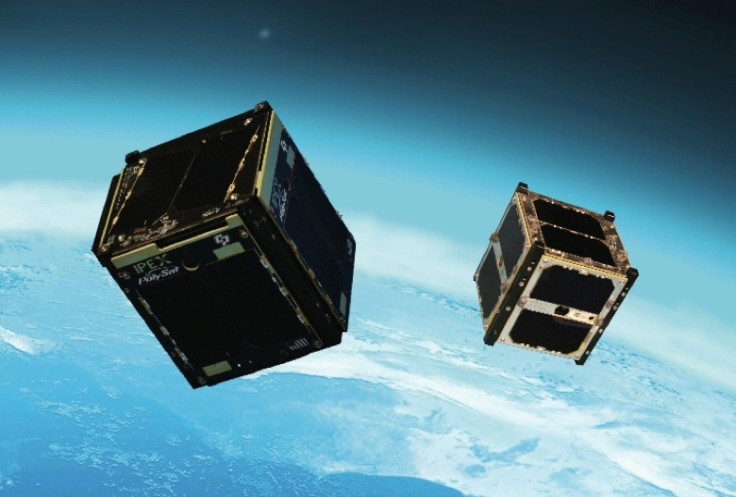Thinking Inside The Box: NASA Launches Tiny, Cube-Shaped Research Satellites Into Space

NASA launched two small, cube-shaped research satellites into Earth's orbit on Thursday to check accuracy of new hardware and software technologies for the agency’s future Earth-observing instruments.
The tiny satellites, called “CubeSats,” are approximately four inches long, have a volume of exactly 33.814 ounces (1 liter) and weigh about three pounds. Led by NASA's Jet Propulsion Laboratory and developed with university and industry partners, the satellite duo made their debut on a United Launch Alliance Atlas V rocket at 11:14 p.m. PST from California's Vandenberg Air Force Base.
One of the CubeSats, called the Intelligent Payload Experiment, or IPEX, was developed in collaboration with California Polytechnic State University in San Luis Obispo. The satellite is expected to enable faster image transmissions on satellite missions to Earth.
“IPEX will demonstrate software that will enable future NASA missions to recognize science events such as flooding, volcanism and wildfires, and respond by sending alerts and autonomously acquiring follow-up imagery,” Steve Chien of JPL and the principal investigator for the IPEX mission, said in a statement.
The other CubeSat, called M-Cubed/COVE, was developed in partnership with the University of Michigan and will take images of Earth. These data will be used to validate an instrument image data-processing algorithm, which is expected to reduce the data transmission rate required for operations in the orbit.
“The COVE payload will advance processor and algorithm technology designed for use in a future science instrument to characterize properties of aerosols and clouds, which will help our understanding of global climate change,” said Paula Pingree of JPL and the principal investigator of the M-Cubed/COVE-2 mission.
© Copyright IBTimes 2024. All rights reserved.






















